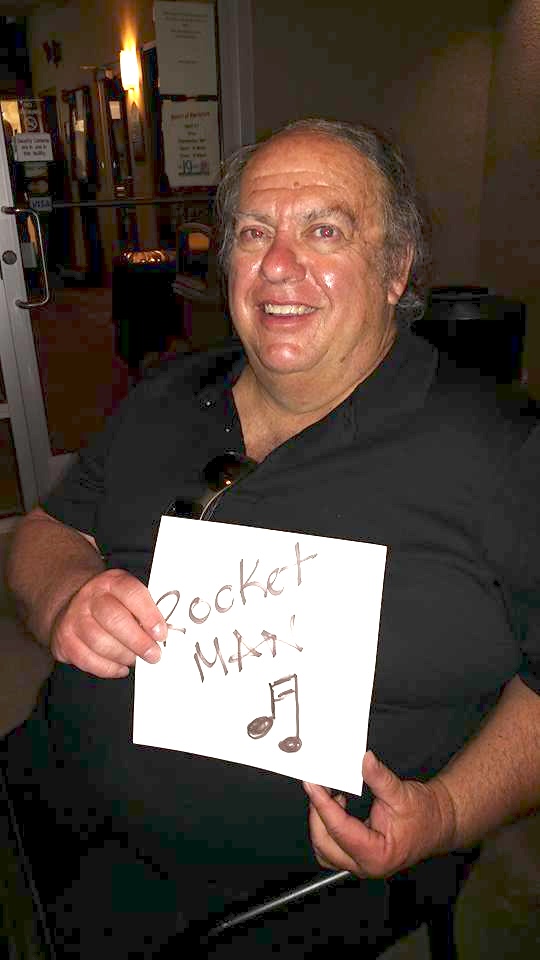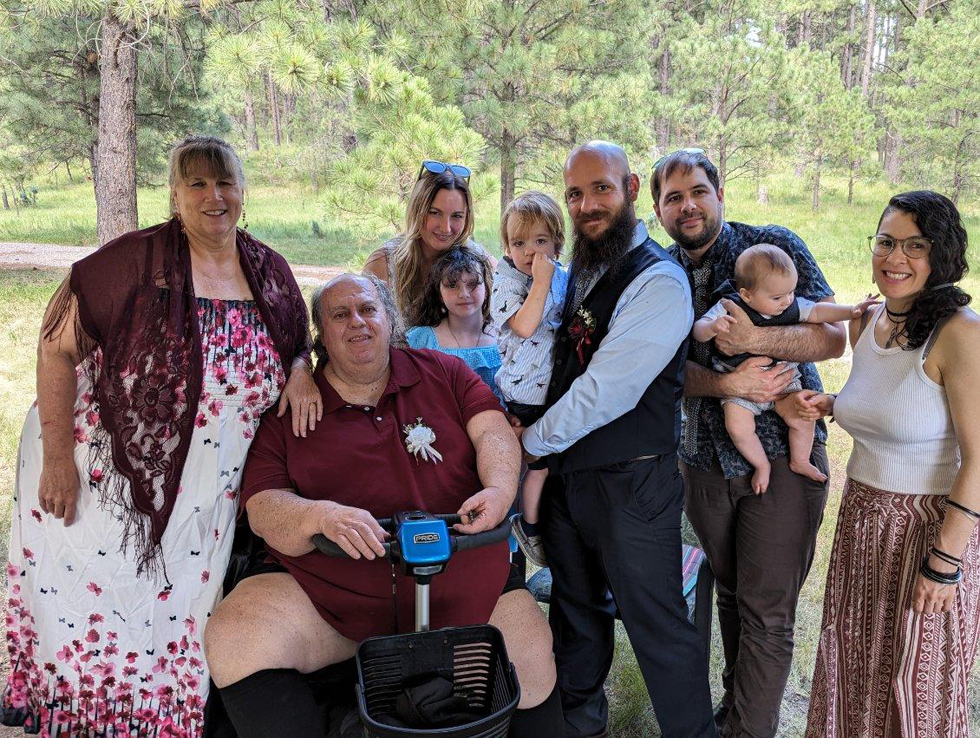|
(Founder and President, The Earthrise Institute) |
||||||||||||||
| Alan Hale was born in Tachikawa, Japan, in 1958 (the son of a U.S. Air Force officer) but moved with his family later that year to Alamogordo, New Mexico, where he spent the remainder of his childhood years. After graduation from Alamogordo High School in 1976 he attended the U.S. Naval Academy in Annapolis, Maryland, where he graduated with a Bachelor's Degree in Physics in 1980. | ||||||||||||||
 |
||||||||||||||
| After assignments at duty stations in San Diego and Long Beach, California, he left the Navy in 1983 and began working at the Jet Propulsion Laboratory in Pasadena, California, as an engineering contractor for the Deep Space Network. While at JPL he was involved with several spacecraft projects, most notably the Voyager 2 encounter with the planet Uranus in 1986.
Following the Uranus encounter Alan Hale left JPL and returned to New Mexico, enrolling in the Astronomy department at New Mexico State University in Las Cruces. He earned his Master's Degree in 1989 and his Ph.D. in 1992 with a thesis entitled "Orbital Coplanarity in Solar-Type Binary Systems: Implications for Planetary System Formation and Detection" which was published in the January 1994 issue of the Astronomical Journal), and which has since become one of the seminal papers in early exoplanet research, with over 250 citations to date. Upon earning his doctorate he initially worked at The Space Center (now the New Mexico Museum of Space History) in Alamogordo, New Mexico as its Staff Astronomer and Outreach Education Coordinator, and in 1993 he founded the Southwest Institute for Space Research (now the Earthrise Institute). From 2009 to early 2017 Alan Hale taught on-line classes in introductory astronomy and graduate-level classes in space policy and orbital dynamics in the Space Studies program of the American Public University System, and as an adjunct faculty member of the New Mexico Museum of Space History he developed and taught several of their astronomy-related educational activities. In early 2019 he taught classes for the International Space University's Southern Hemisphere Space Studies Program in Adelaide, South Australia, and in 2020 he conducted an on-line educational program on the "small bodies" of the solar system called "Ice and Stone 2020." During recent years he has collaborated with the Global Sky Partners educators' forum of the Las Cumbres Observatory, and via this collaboration performs frequent imaging of comets and asteroids, including follow-up observations of new discoveries. Through this effort he has successfully recovered a few expected periodic comets, including the historically significant Comet 13P/Olbers in August 2023.
|
||||||||||||||
| Alan Hale's research interests have included the search for planets beyond the solar system, including those which might have favorable environments for life; stars like the sun; minor bodies in the solar system, especially comets and near-Earth asteroids; and advocacy of spaceflight. He is primarily known for his work with comets, which has included his discovery of Comet Hale-Bopp in 1995 and his participation in the International Halley Watch during the return of Halley's Comet in 1986. For much of his career he has worked to increase scientific collaboration between the U.S. and other nations, including Iran (wherein he led two delegations of American scientists, students, and educators to that country, one of these efforts being held in conjunction with the August 11, 1999 total solar eclipse), Zimbabwe, and Lebanon. As a result of these efforts, in 2009 he was named the New Mexico state finalist in that year's "Above and Beyond" Awards program (administered by the U.S. Congressional Medal of Honor Society).
Besides his research activities, he is an outspoken advocate for improved scientific literacy in our society, for better career opportunities for current and future scientists, and for taking individual responsibility to make ours a better society. He has written for such publications as Sky & Telescope, Astronomy, the International Comet Quarterly, the Skeptical Inquirer, Free Inquiry, and the McGraw-Hill Yearbook of Science and Technology, and for 25 years he wrote a weekly newspaper column entitled "In Our Skies" (which has been compiled into an e-book available on CD); he currently writes a monthly column entitled "Hale to the Stars." He is the author of Everybody's Comet: A Layman's Guide to Comet Hale-Bopp (High-Lonesome Books, 1996), and in 2015 completed an autobiography, the comet man, available in electronic form via this web site. He has been a frequent public speaker on astronomy, space, and other scientific issues, and from 2004 to 2006 hosted a weekly radio program, "The Other Side of the Sky." He has been involved with the Icarus Interstellar project and previously served on the Advisory Board for Deep Space Industries, which sought to extract and mine resources from asteroids. |
||||||||||||||
| Alan Hale lives in the Sacramento Mountains outside of Cloudcroft, New Mexico with his wife Vickie, her father Donald Stone, and several cats. He has two sons, Zachary and Tyler, both of whom have graduated from college and are now pursuing their respective careers, and he now has three grandchildren (Avery, Ethan, and Santiago). He was formerly an active member of the local acting troupe, the Cloudcroft Light Opera Company (CLOC), and was known to play the villain on a few occasions. On clear nights he can sometimes be found making observations of the latest comets or other astronomical phenomena. When he is not engaged in astronomical activities he enjoys working out on weights, listening to the latest rock 'n roll music, and watching football games. | ||||||||||||||
 |
||||||||||||||
 |
||||||||||||||
 |
||||||||||||||
 |
||||||||||||||
 |
||||||||||||||
| Top left: With sons Zachary (center) and Tyler (left of center) and Lzzy and Arejay Hale (possible relatives) of the rock band Halestorm, May 2013. Bottom left: With wife Vickie at wedding August 24, 2024, together with Zachary and Tyler and their respective families. Top right: Tin Can Bay, Queensland, June 1997. Middle right: CLOC villain, July 2008. Bottom right: At 40th High School class reunion, July 2016. | ||||||||||||||